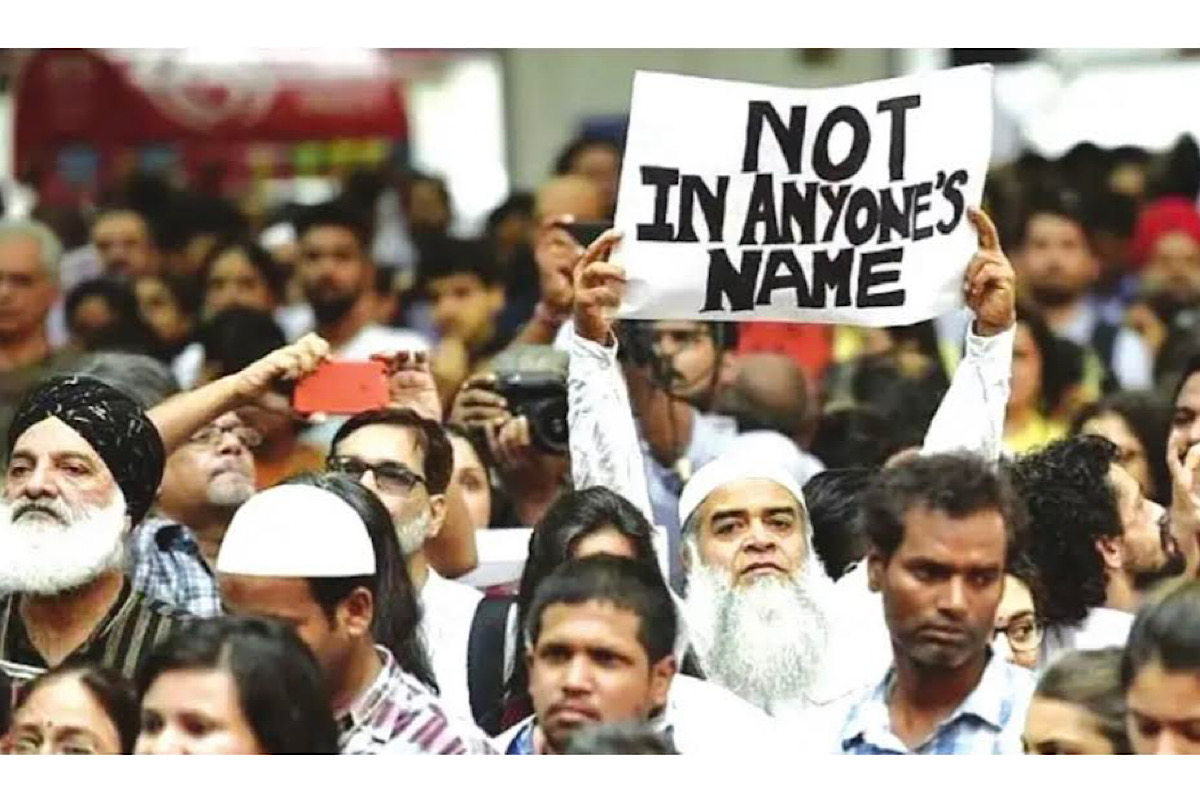It is often alleged that the ruling political outfits try to divert attention of people towards identity issues so that common men refrain from questioning them on shortcomings of governance.
This was heard in all countries at all times. In bigger countries, political parties are more vocal in supporting the causes of certain groups of people over others, contemptuously referred to as their ‘vote-bank’.
Advertisement
David Isaac, former chair of the Equality and Human Rights Commission of UK once observed that “the increasing tendency for people to define themselves by their faith, gender, sexuality or race is undermining empathy among Britons”.
In the United States of America, the Republican party is perceived to be more sympathetic to the causes of the whiteAmericans whereas Democrats are believed to have a more inclusive base.
As democratic norms strengthen, a greater number of political parties come into existence representing the interests of various groups in the society.
Increasingly it becomes difficult for the parties to win an overwhelming number of seats in elections, necessitating tie ups and coalitions before and after the poll for government formation.
Today, most of the democracies of the world have coalition governments. Coalitions did not necessarily undermine the stability of the government or quality of governance in Europe, Americas and elsewhere.
Parties representing aspirations of various segments of society are typical of identity politics which takes shape depending on various prevailing divisions in the society based on religion, language, caste, local culture, gender, ethnicity, socio-economic stratification and even shared wounds against a common enemy. The bigger the country, the more diversified is the society and stronger is the identity politics. India is no exception. In 2019 Lok Sabha elections, Congress polled about 19.5 per cent votes which included not only the ‘committed votes’ of Congress and its regional allies, but also included the committed votes against BJP and other NDA partners.
The loyalty of this second group towards UPA is likely to dwindle if such voters find a credible alternative capable of containing NDA. This was seen in the spectacular performance of AAP during the last Gujarat election. This hypothesis also works the other way round.
The committed supporters are primarily guided by the identity issues, and they constitute the overwhelming majority of any electorate. Only a small segment of the voters exercises their choice based on their perceptions of governance. However, this miniscule group plays an important role in deciding the election results.
In Bengal, for more than three decades since 1977, the Left Front garnered 49-54 per cent votes. The opposition Congress was steady in getting a support of around 42-37 per cent of the electorate till All India Trinamool Congress (AITC) was born out of it in 1998.
AITC succeeded in cornering the support base that the Congress had in the State. For more than a decade after its formation, AITC managed to get nearly 27- 31 per cent votes, whereas the share of Congress varied between 15 and 9 per cent but the support base of the two together by and large remained around 40- 42 per cent. AITC could not cut the vote-share of the Left. The situation changed drastically in the volatile political scenario after the fall of the Left Front in 2011. That year only 7 per cent swing of Left votes towards the AITC-Congress alliance reversed the three decades old scenario. AITC, thereafter, gradually garnered the loyalty of the entire Congress vote-bank and anti-Congress voters switched their loyalty from the Left to the BJP.
The traditional vote-bank of the Left in Bengal basically had its roots in dislike for Congress. Maybe that was a legacy of partition. When BJP emerged as a viable alternative, the support base of the Left switched to BJP. The political scenario of Bengal for last four decades or so is reflective of prevalence of identity politics in the state.
Such generalisations arguably are matters of conjecture and not tested through proper sample surveys.
However, in the absence of proper data, such hypotheses help in understanding electoral behaviour.
Corruption, responsive public policies and their effective implementation, skilful management of the economic scenario, rarely influence the voting pattern of the vast majority of the electorate.
Identity politics is, however, not necessarily bad. It gives a voice to the unheard – the small groups in the society. The groupidentity helps in developing selfrespect.
The politics of religion and untouchability was important even in pre-independence India. However, newer dimensions of identity politics in India emerged, particularly after the 1980s.
Identity politics turn out to be a threat to democracy when the majority community tries to rule the country in whichever way it wants.
In neighbouring Bangladesh, the spirit of ‘Bengali nationalism’ propounded by Sheikh Mujibur Rahman, which was the driving force of their liberation struggle, was undermined subsequently by the rise of majoritarian ‘Bangladeshi nationalism’ giving rise to the fundamentalism and militarism in that country.
Though the constitutional safeguards are much stronger in India, we also need to guard from any such possibility.
Even while accepting the inevitability of identity politics, democracies need to be cautious of not drifting towards majoritarianism.
(The writer is a former civil servant who retired in the grade of Additional Secretary to the Government of India)









